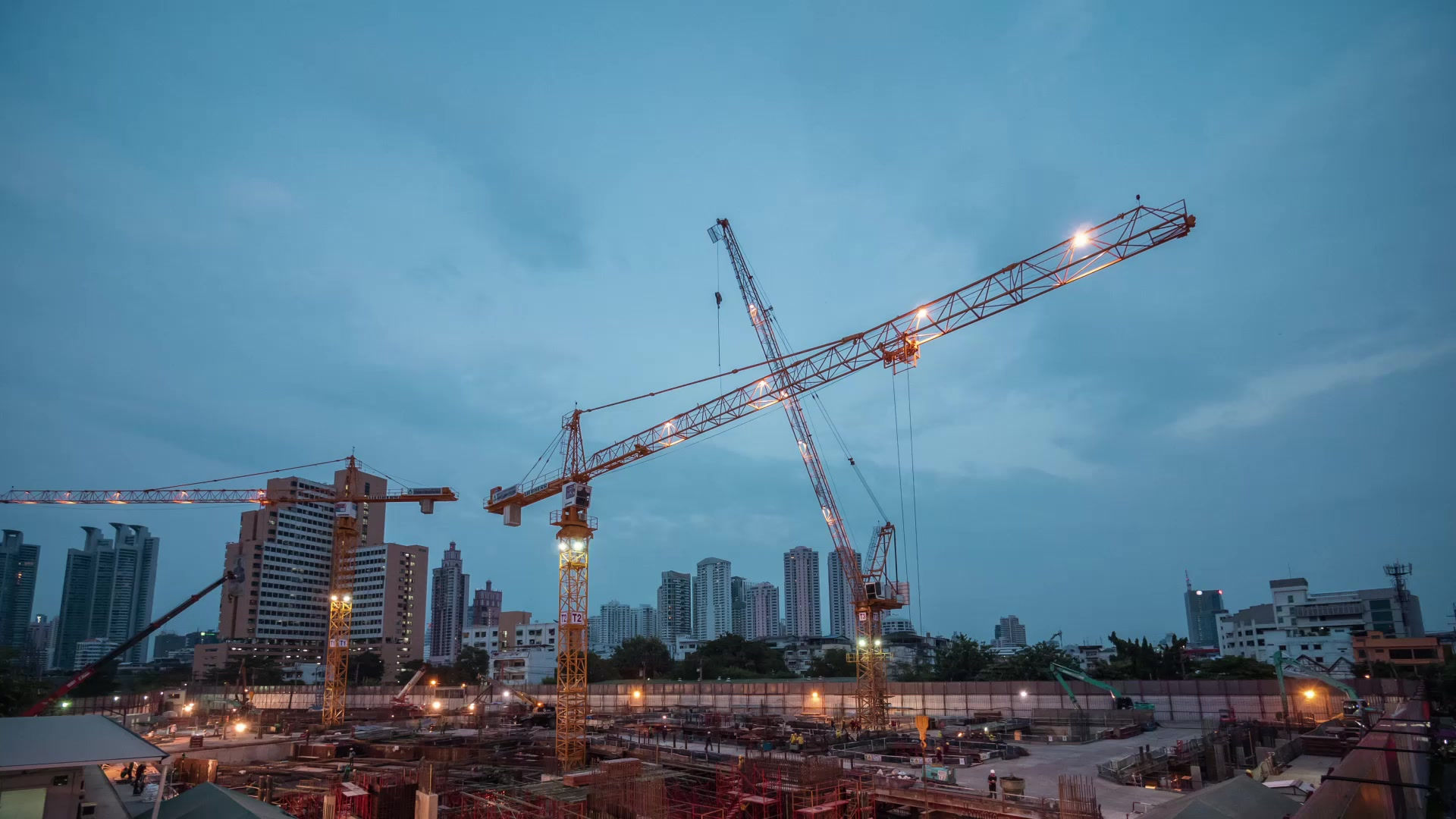Safely Removing Lead from Your Demolition Site: A Comprehensive Guide
- DSA Services

- May 29, 2023
- 3 min read

Demolition projects can pose unique challenges when it comes to environmental safety, particularly if lead-containing materials are present. Lead is a toxic substance that requires careful handling to protect both workers and the surrounding environment. In this blog post, we will provide a comprehensive guide on how to safely remove lead from your demolition site, ensuring compliance with regulations and minimizing the risk of lead exposure.
Step 1: Conduct a Lead Assessment
Before starting the demolition process, assess the site for potential lead-containing materials. This may include painted surfaces, pipes, or other components that may have been coated with lead-based paint. Engage a certified lead inspector to evaluate the site and identify areas of concern.
Step 2: Develop a Lead Removal Plan
Based on the assessment, develop a comprehensive plan for lead removal. This plan should outline specific procedures, containment measures, personal protective equipment (PPE), and waste management practices. Consider the scale of the project and ensure that all workers are properly trained in lead-safe practices.
Step 3: Establish Containment Areas
Create designated containment areas within the demolition site to prevent the spread of lead-contaminated dust and debris. Install barriers, such as plastic sheeting, to isolate work areas and minimize cross-contamination. Implement negative air pressure systems and use HEPA filters to capture and filter any airborne lead particles.
Step 4: Implement Personal Protective Equipment (PPE)
Require all workers involved in lead removal to wear appropriate PPE. This typically includes disposable coveralls, gloves, goggles or face shields, and respiratory protection with a fitted HEPA filter. Regularly inspect and maintain PPE to ensure its effectiveness throughout the project.
Step 5: Wet Methods and Minimizing Dust Generation
Utilize wet methods during the demolition process to minimize dust generation. This involves wetting down surfaces with water or using water misting systems to keep dust levels low. Avoid dry cutting, grinding, or blasting techniques that can generate lead dust.
Step 6: Careful Demolition and Material Handling
Execute the demolition with caution to minimize the risk of releasing lead particles. Use hand tools or non-powered equipment whenever possible to reduce dust generation. Carefully handle and contain any lead-containing materials, ensuring they are securely wrapped and labeled for proper disposal.
Step 7: Proper Waste Management
Dispose of lead-containing waste according to local regulations and guidelines. Segregate lead waste from non-hazardous materials and properly label containers. Arrange for the transportation and disposal of lead waste through licensed hazardous waste disposal facilities.
Step 8: Cleaning and Decontamination
Thoroughly clean and decontaminate the demolition site once the lead removal is complete. Use HEPA vacuum cleaners and wet wiping methods to remove any remaining dust and debris. Dispose of cleaning materials and contaminated water as lead waste.
Step 9: Final Inspection and Testing
After completing the lead removal process, engage a certified lead inspector to conduct a final inspection and testing to ensure the site is free from lead contamination. This step provides assurance that the demolition site is safe for subsequent construction or development.
Conclusion:
Safe lead removal from a demolition site requires careful planning, strict adherence to regulations, and the implementation of lead-safe practices. By conducting a lead assessment, developing a removal plan, and following appropriate containment, personal protection, and waste management procedures, you can effectively minimize the risk of lead exposure. Remember to engage certified professionals, prioritize worker safety, and comply with local regulations throughout the lead removal process. Safeguarding the health of workers and protecting the environment should be the top priority during lead removal from your demolition site.




Comments